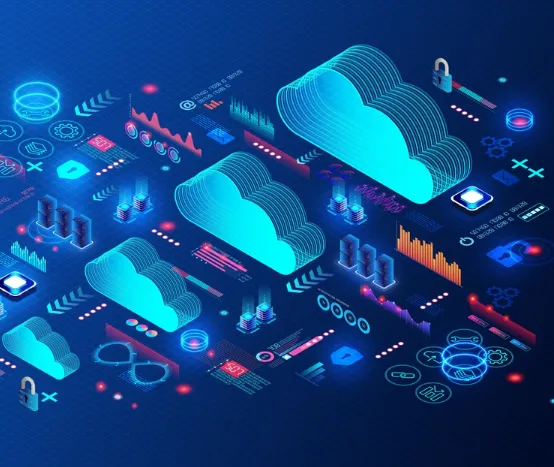When you hear all the hype around hyperscale cloud services like AWS, Azure, and Google Cloud, it’s easy to assume adopting them is a walk in the park. After all, these platforms were marketed as straightforward, ready-to-go solutions that would simplify cloud adoption. But as time has passed, things have gotten much more complicated—and adopting these services now often requires specialist training right from the start.
In fact, as the complexity of hyperscale cloud offerings continues to rise, many businesses are starting to reconsider their use of these services. Instead, some are turning to alternatives like colocation or bare-metal hosting. It’s not just a small shift either—recent studies show that nearly 94% of large U.S. organizations have pursued some form of cloud repatriation in the last three years.
The Reality of Hyperscale Cloud
There’s a common assumption that hyperscale cloud platforms are designed to meet one specific need. In reality, these solutions often create new needs. What many businesses don’t expect is how quickly they’ll be flooded with a wide range of services—from platform-as-a-service (PaaS) to database-as-a-service (DBaaS)—which makes managing these platforms anything but simple.
While having so many options isn’t inherently bad, it can overwhelm the average user. Let’s face it: becoming an expert in every service offered by a hyperscaler isn’t realistic for most businesses. And that’s where the problems begin.
As organizations integrate more of these proprietary services into their infrastructure, they inadvertently make themselves more dependent on a single cloud provider. This dependency can create major challenges if costs start to skyrocket or if service levels don’t meet expectations. Once the infrastructure is tied to a hyperscaler, moving away from it becomes an expensive and painful process.
The Free Credit Trap
For startups or businesses in the early stages, the allure of free credits from cloud providers is hard to resist. These credits can help a company get off the ground without the need for hefty upfront investments in hardware. But here’s the catch: when those free credits expire, the bills can come crashing down—fast.
If your entire architecture is built around a hyperscaler’s platform, transitioning to a new provider can become a major headache. It’s not just about shifting services; it’s about untangling everything you’ve built around that platform. And let’s be clear: the further you go down this path, the harder it gets to escape the costly lock-in.
Support Isn’t Always as Good as Promised
Another common misconception is that hyperscalers—because of their size and reputation—offer top-tier support. Unfortunately, this is where many organizations experience significant disappointment. Once businesses move past the initial sales pitch and get into the daily grind of technical support, it’s not unusual to find that getting timely help is a struggle.
If you’re lucky enough to get assistance, it might come at a premium cost. Most hyperscalers don’t prioritize issues that aren’t directly related to their core services, leaving IT teams to fend for themselves. The idea that all businesses will receive consistent, quality support is often far from the truth.
When Hyperscale Cloud Makes Sense
Despite its challenges, hyperscale cloud is still a great choice for many businesses—under the right circumstances.
For startups with limited budgets, hyperscale cloud offers an attractive entry point. In these cases, taking advantage of free credits makes sense, but businesses should be careful about building too much infrastructure around a single cloud provider. The goal should be flexibility—ensure that migration to another platform is possible without a major overhaul if costs spiral out of control.
Hyperscale cloud is also ideal for businesses with unpredictable scaling needs. Companies like Netflix benefit from the ability to manage sudden, massive spikes in demand. If your business has highly variable resource needs, hyperscale cloud could be the perfect solution. However, for many businesses, hyperscale solutions work best when integrated into a hybrid environment that combines cloud and traditional infrastructure, like bare-metal servers or colocation.
Looking Beyond Hyperscale Cloud
Navigating the hyperscale cloud landscape isn’t always smooth sailing. Many businesses find that their expectations don’t match the reality of what these services offer. But don’t panic—the good news is that there are plenty of alternatives. Bare-metal hosting, colocation, and on-premise solutions all provide viable options depending on your business’s needs. The key is to take a more flexible approach to infrastructure, one that combines different solutions to meet the needs of different applications and environments.
In the end, businesses shouldn’t feel locked into one cloud provider or one type of infrastructure. By evaluating each location’s specific needs, you can make more informed decisions about the most effective setup for your business, rather than relying solely on one solution.







